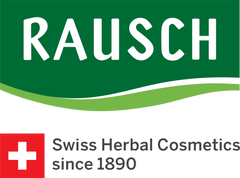Argan | What's that?

The thorny argan tree (Argania spinosa) is one of the oldest trees in the world and is present in large numbers in the Arganeraie region in southwest Morocco. UNESCO declared the Arganeraie a Biosphere Reserve in 1998, placing the tree under special protection as the only remaining member of the Argania family.
The inhabitants of its growing regions reverently refer to the argan tree as the ‘tree of life’, because it provides them with high-quality wood for building, fuel and food. Its most famous and most valuable component is its oil, which is extracted from the seeds inside the hard core of its fruit.
A single litre of argan oil requires around 30 kg of argan fruit, which is harvested by hand – chiefly by the women of the Berber people – and processed using laborious methods. The fruit of the argan tree looks like a mixture between an olive and a yellow plum, and contains an almond-sized kernel with a hard shell: the argan nut.
Inside is the seed, which looks a bit like a large sunflower seed. The argan oil is extracted from these seeds by hand or using machines. This ‘Moroccan liquid gold’ has been used as a beauty product and as an elixir of life for centuries due to its healing properties.
Natural argan oil is used for hair and body care. Unlike the oil from roasted seeds, which is added to food, the cosmetic oil is almost odourless and retains all its vitamins, including anti-ageing vitamin E. The precious substances in the oil have a moisturising and nourishing effect on dry, coarse and damaged hair. Argan oil restores natural shine and a thick, silky feel to brittle, damaged hair. It also soothes and nourishes an itchy scalp.
